Government Initiatives and Funding
Government initiatives and funding play a crucial role in shaping the Non-Emergency Medical Transportation Market. Various programs aimed at improving access to healthcare for underserved populations are being implemented, often including provisions for transportation services. For instance, Medicaid programs in several regions have expanded their coverage to include non-emergency medical transportation, recognizing its importance in facilitating access to care. This support not only enhances the viability of transportation services but also encourages new entrants into the market. Furthermore, federal and state funding initiatives aimed at improving public health infrastructure often allocate resources for transportation solutions, thereby stimulating growth in the Non-Emergency Medical Transportation Market. As these initiatives continue to evolve, they are likely to create new opportunities for service providers and enhance the overall accessibility of healthcare.
Growing Awareness of Health Equity
The growing awareness of health equity is increasingly influencing the Non-Emergency Medical Transportation Market. As disparities in healthcare access become more apparent, stakeholders are recognizing the need to address transportation barriers that disproportionately affect marginalized communities. Advocacy for health equity is prompting healthcare organizations to invest in transportation solutions that cater to the needs of these populations. Data suggests that individuals from low-income backgrounds are more likely to face transportation challenges, which can hinder their access to essential medical services. By prioritizing equitable transportation options, the Non-Emergency Medical Transportation Market can play a vital role in bridging these gaps. This focus on health equity not only aligns with broader public health goals but also positions transportation services as a critical element in the pursuit of improved health outcomes for all individuals.
Rising Demand for Healthcare Services
The increasing demand for healthcare services is a pivotal driver for the Non-Emergency Medical Transportation Market. As populations age and chronic diseases become more prevalent, the need for regular medical appointments and treatments escalates. According to recent data, the number of individuals requiring non-emergency medical transportation is projected to rise significantly, with estimates suggesting a growth rate of approximately 7% annually. This trend indicates that more patients will require reliable transportation options to access healthcare facilities, thereby bolstering the demand for non-emergency medical transportation services. Furthermore, as healthcare systems evolve to provide more outpatient services, the necessity for efficient transportation solutions becomes even more pronounced, highlighting the critical role of the Non-Emergency Medical Transportation Market in facilitating patient access to care.
Increased Focus on Patient-Centric Care
The shift towards patient-centric care is a significant driver for the Non-Emergency Medical Transportation Market. Healthcare providers are increasingly recognizing the importance of addressing social determinants of health, including transportation access, to improve patient outcomes. Studies have shown that patients who have reliable transportation are more likely to attend their medical appointments, leading to better health management and reduced hospital readmissions. As healthcare systems adopt value-based care models, the emphasis on ensuring patients can access necessary services becomes paramount. This trend is likely to result in increased partnerships between healthcare providers and non-emergency medical transportation services, further integrating transportation into the overall care continuum. Consequently, the Non-Emergency Medical Transportation Market stands to benefit from this evolving landscape, as more stakeholders prioritize transportation solutions as a critical component of patient care.
Technological Advancements in Transportation
Technological advancements are reshaping the Non-Emergency Medical Transportation Market, enhancing service delivery and operational efficiency. Innovations such as mobile applications for booking rides, GPS tracking for real-time updates, and automated scheduling systems are becoming increasingly prevalent. These technologies not only improve the user experience but also optimize fleet management, reducing wait times and operational costs. Data indicates that companies leveraging technology can increase their service capacity by up to 30%, thereby meeting the growing demand for non-emergency medical transportation. Additionally, the integration of telehealth services with transportation solutions is emerging, allowing patients to receive care remotely while ensuring they have access to necessary in-person appointments. This synergy between technology and transportation is likely to drive further growth in the Non-Emergency Medical Transportation Market.


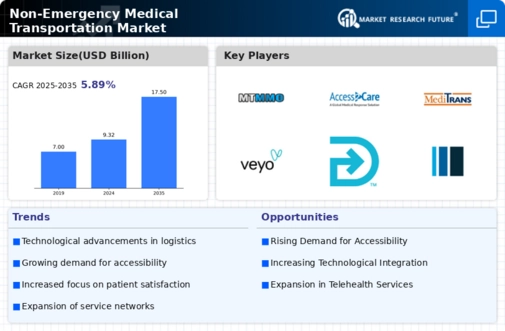
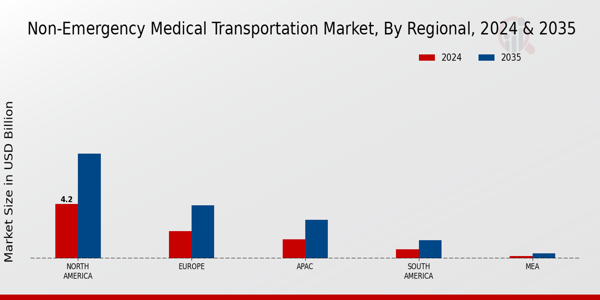
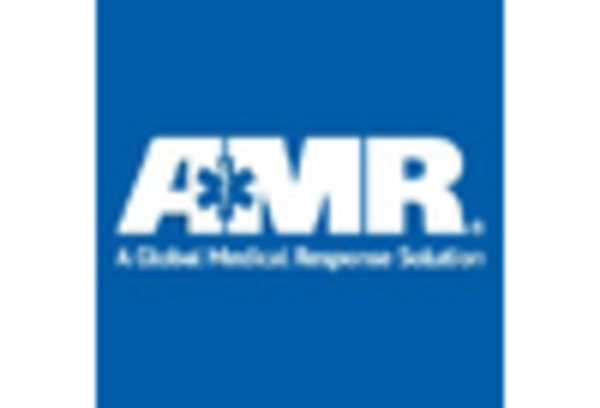

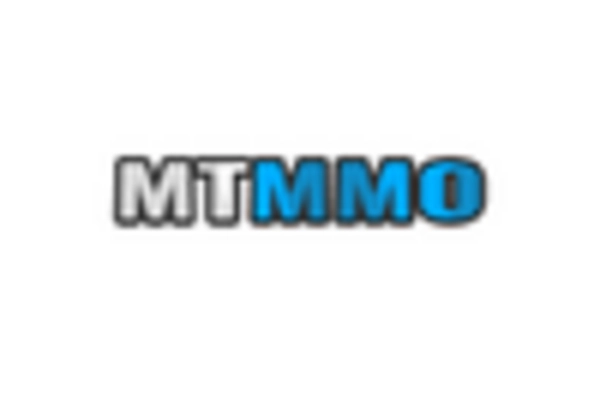


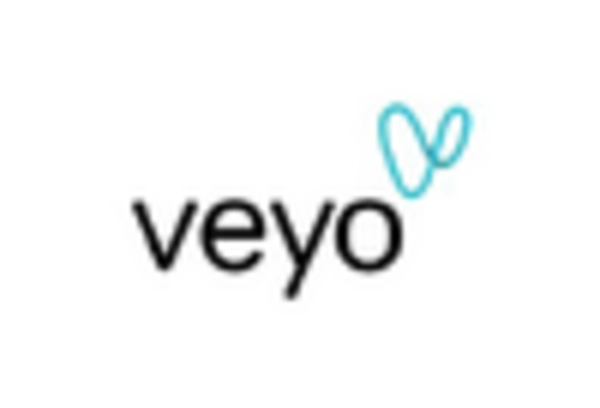








Leave a Comment